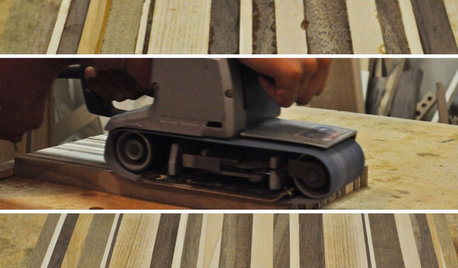High Potassium Levels
SoHotRightNow
10 years ago
Featured Answer
Comments (6)
Kimmsr
10 years agolast modified: 9 years agoSoHotRightNow
10 years agolast modified: 9 years agoRelated Professionals
Franconia Landscape Architects & Landscape Designers · Piqua Landscape Architects & Landscape Designers · Saint Charles Landscape Architects & Landscape Designers · Americus Landscape Contractors · Andover Landscape Contractors · Clearlake Landscape Contractors · Fort Payne Landscape Contractors · Lynchburg Landscape Contractors · Newnan Landscape Contractors · Setauket-East Setauket Landscape Contractors · Palos Hills Landscape Contractors · Crestline Decks, Patios & Outdoor Enclosures · Fredericksburg Decks, Patios & Outdoor Enclosures · Jackson Decks, Patios & Outdoor Enclosures · Lebanon Decks, Patios & Outdoor Enclosuresgardengal48 (PNW Z8/9)
10 years agolast modified: 9 years agomacthayer
10 years agolast modified: 9 years agoTXEB
10 years agolast modified: 9 years ago
Related Stories

HOME TECHIf ‘High-Def’ TV Isn’t High Enough, Maybe You Need Ultra-HD
The ultra-luxury next generation of TV, called Ultra-HD, is finally here. And so is the first content, if you know where to look
Full Story
HOUZZ TOURSHouzz Tour: High-End Modernism in a Jet-Set Town
Expansive glass highlights the mountains in this four-level architect's home, while stone and wood bring nature up close
Full Story
BASEMENTSBasement of the Week: Tall-Order Design for a Lower-Level Lounge
High ceilings and other custom-tailored features in this new-build Wisconsin basement put the tall homeowners in a good headspace
Full Story
WINDOWSThe High Life: Clerestory Windows
Bring natural light into your home while adding a beautiful architectural feature
Full Story
REMODELING GUIDESLive the High Life With Upside-Down Floor Plans
A couple of Minnesota homes highlight the benefits of reverse floor plans
Full Story
ARCHITECTUREFind High Architecture When Home Gently Meets Ground
How a home lies on a landscape says volumes about its architectural point of view
Full Story
HOME TECHHigh-Tech Tips for Securing Your House While You're Away
Prevent burglaries when you're traveling by using the latest gadgets, apps and online services
Full Story
DIY PROJECTSFashion a High-Quality Cutting Board From Scrap Wood
Waste not, want not. This DIY project saves scraps from the landfill, hones your woodworking skills and produces a gorgeous kitchen piece
Full Story
MOST POPULARHow High Should You Mount Your TV?
Today we look at an important question to consider when locating your television: How high should you set it?
Full Story
DECORATING GUIDES11 Spaces That Aced High School
It was the best of times, it was the worst of times. But who knew high school influenced interior designs too?
Full StoryMore Discussions







macthayer